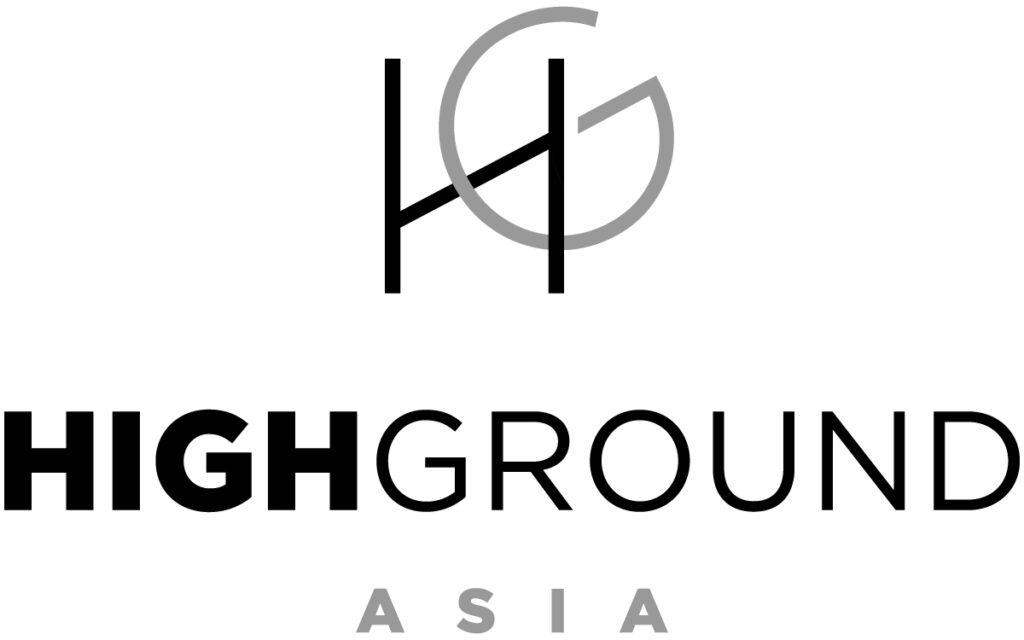Best practices for analyzing and using PPC statistics
Analyzing and using PPC statistics effectively is crucial for the success of any PPC campaign. There are several best practices that businesses can follow to ensure that they are getting the most out of their data:
Setting goals and benchmarks
Setting goals and benchmarks is an important first step in the process of analyzing and using PPC statistics. By establishing clear goals and benchmarks, businesses can track their progress over time and determine whether their campaigns are meeting their objectives.
This can include metrics such as CTR, CPC, and conversion rate, as well as specific business goals such as increasing sales or generating leads. By setting goals and benchmarks, businesses can get a better understanding of what is working well and what areas need improvement.
Regularly tracking and analyzing PPC statistics
Regularly tracking and analyzing PPC statistics is essential for identifying trends and patterns that can inform campaign optimization. By regularly monitoring metrics such as CTR, CPC, and conversion rate, businesses can identify areas of strength and weakness and make data-driven decisions about how to improve their campaigns.
It is also important to track key performance indicators (KPIs) such as return on ad spend (ROAS) to ensure that the campaign is providing a good return on investment.
Using PPC statistics to inform campaign decisions
Using PPC statistics to inform campaign decisions is the key to maximizing the effectiveness of a PPC campaign. By analyzing data and making informed decisions about targeting, ad copy, and bid strategies, businesses can optimize their campaigns to achieve their goals and drive better results. This can include testing different ad copy and targeting options to see what works best, as well as adjusting bid strategies to optimize for specific goals. By using PPC statistics to inform campaign decisions, businesses can ensure that they are getting the most out of their advertising efforts.


